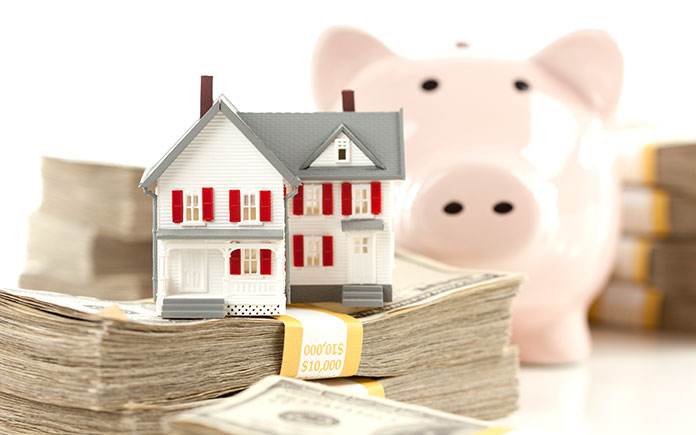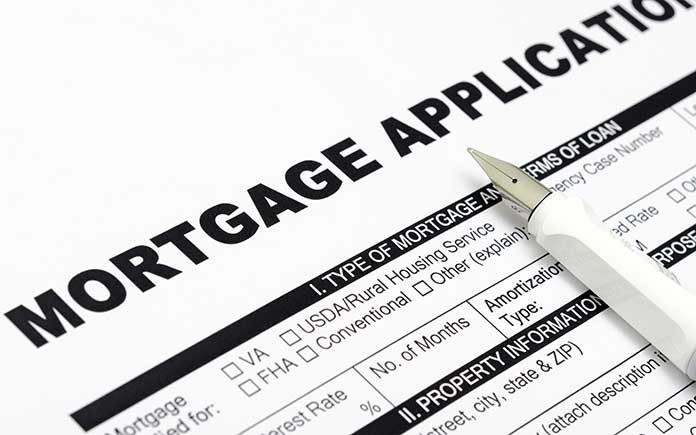
People interested in buying a home are often overwhelmed with all the information they need to know about the process. To save time and money, you need a basic overview of home finance options.
Not all properties and locations are equal, and in many cases, the local market and location that offer premiums to lenders might determine your options.
Here’s a crash course so you can get the loan that best suits your needs.

The Down Payment
If you are borrowing money from a bank or other lender to purchase a home, you’ll need the initial money or down payment.
With most lenders, a buyer must deposit at least 20 percent of the borrowed amount, with the lender loaning you the remaining 80 percent. This means, if you’ve set your sights on a home at around $ 600,000, you should’ve saved at least $ 120,000 before you can borrow the rest.
For first-time buyers, governments often can help, with home finance programs that lower your deposit requirements to 10 percent or, in some cases, even less than that.

Home Finance Options
Conventional loans are typically fixed-rate mortgages that are neither insured nor guaranteed by the federal government.
While their stricter approval conditions usually require a larger down payment, better credit score, lower income-to-debt ratios, and sometimes even private mortgage insurance, at the end of the day, conventional mortgages typically cost less than guaranteed loans.
There are two types of conventional loans: conforming and non-conforming. Conforming loans follow standard home finance guidelines like loan limits established by government-sponsored bodies. This is because lenders often buy these mortgages and sell them as security packages in the secondary market. In 2019, the loan limit for conventional mortgages was $ 484,350. Anything above that was called a jumbo loan, and included a steeper interest rate.
A jumbo loan is a non-conforming loan, and its terms and conditions vary from lender to lender. As for those steeper interest rates? They’re necessary because lenders take on a much higher risk.

Fixed vs. Floating Rate
Another thing a buyer needs to consider is whether to apply for a fixed-rate or floating (variable) rate mortgage. With fixed-rate mortgages, the rate stays the same for the entire period of the loan.
The major benefit here is that you can easily calculate your monthly costs for the entire loan period, and if you managed to obtain a low-interest rate, you have it locked down until the loan is paid off.
A floating-rate mortgage, on the other hand, is tailored to assist first-time homebuyers, as well as people who expect their incomes to rise noticeably over the loan period. These variable rates may start low, but they can rise and dip, based on market conditions. There’s greater risk involved with choosing a floating rate for home finance, but depending on the market, the overall interest paid could be lower than a fixed-rate mortgage. That’s the gamble the homebuyer takes.
In markets experiencing a housing boom, variable-rate home loans are often a popular option with first-time buyers.



